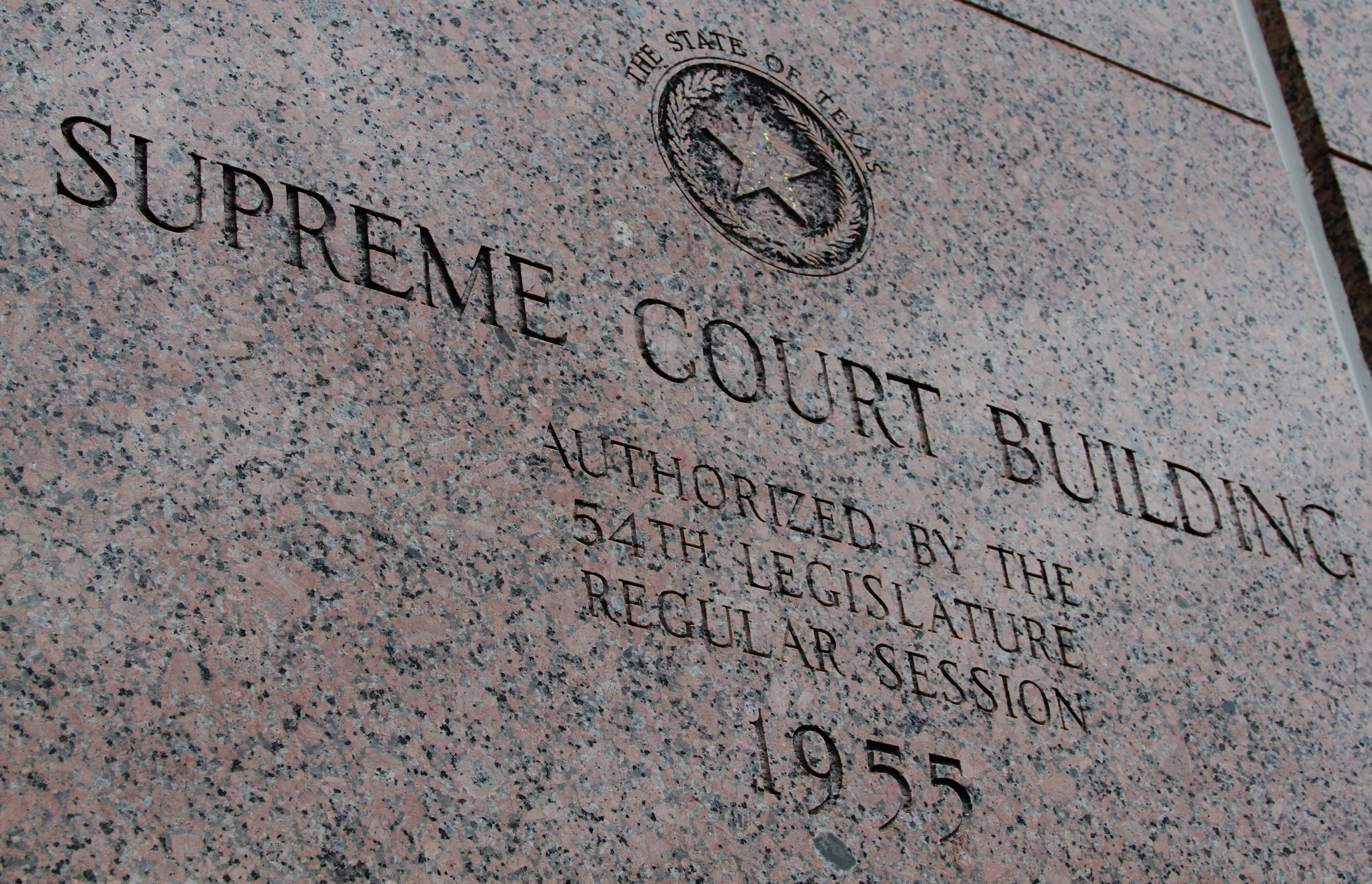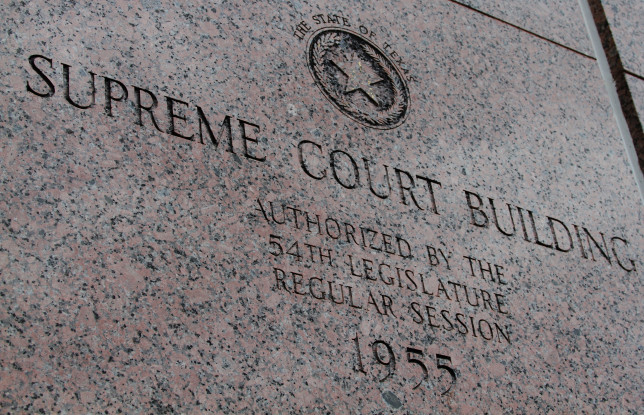BNSF Ry. Co. v. Phillips
No. 14-0530
Case Summary written by Molly Neace, Staff Member.
PER CURIAM.
In 1974, Phillips began working for BNSF in New Mexico as a railway yard switchman. After four or five years on the job, he began to ride locomotives as a brakeman. Phillips continued to ride locomotives with his 1984 promotion to conductor and his 1994 promotion to engineer. After many years of riding on rough locomotives with poorly maintained seats, Phillips alleged an occupational injury, which caused him to suffer long-term vibratory exposure. Consequently, Phillips filed a lawsuit against BNSF under the Federal Employers’ Liability Act (FELA) and the Locomotive Inspection Act (LIA) on April 13, 2007.
Finding for Phillips, a jury awarded him $1.9 million in costs and damages. BNSF appealed, primarily arguing that the evidence did not support the jury’s finding that Phillips’ lawsuit was timely filed. The statute of limitations for an FELA claim is three years, and the LIA claim must be brought as part of that claim, not independently. Ultimately, the court of appeals affirmed, holding that the record’s conflicting evidence of when the injury occurred allowed the jury to weigh that evidence and find that Phillips’ lawsuit was timely. With the same argument, BNSF petitioned the Supreme Court of Texas for review.
ISSUE: Whether Phillips’ FELA and LIA claims against BNSF were timely filed according to the statute of limitations.
Phillips bore the burden of proving that his FELA lawsuit accrued no earlier than April 13, 2004. He could rely on the discovery rule refined by the Fifth Circuit stating that “a claim accrues when a plaintiff knows or should know that his injury is work related, that is, when a plaintiff is aware of the critical facts concerning his injury and its causation.” Further, the Court will only review the evidence that supports the jury’s verdict and disregard all evidence to the contrary.
In reviewing the evidence, the Court first looked to Phillips’ testimony that over his twenty-six year tenure of riding locomotives, he frequently reported the rough-riding conditions and poorly maintained seats to railroad management over the radio. Second, in 1998, the Court noted that Phillips sought chiropractic treatment for spinal issues. On the intake form for preparation of treatment, Phillips cited the rough-riding conditions as cause for his aggravation. Third, in 2003 after Phillips was not responding to the chiropractic adjustments, his doctor ordered him to get an MRI. Subsequently, Phillips was diagnosed with minor bulging discs, intravertebral hemangiomas, and degenerative spinal disorder, spondylolysis. These diagnoses are the same injuries Phillips based the lawsuit on. Lastly, in 2005, the Court noted that a neurologist confirmed Phillips’ diagnoses.
Phillips claimed that the 2005 confirmation signified the accrual date of his claims because it was then that he was “properly diagnosed by a neurologist.” The Court found this claim to be unsupported by the evidence because as early as his chiropractic treatment in 1998, his injuries had begun to manifest themselves. By 2003, Phillips had received a concrete diagnosis. All of the evidence combined established that Phillips was aware of the facts surrounding his injury and its causation. Consequently, he should have known that his injury was work related. The evidence ultimately supported the finding that his claim accrued no later than the 2003 diagnosis. Therefore, the Supreme Court of Texas reversed the court of appeals’ judgment and held that Phillips’ 2007 lawsuit was untimely, awarding him nothing.


